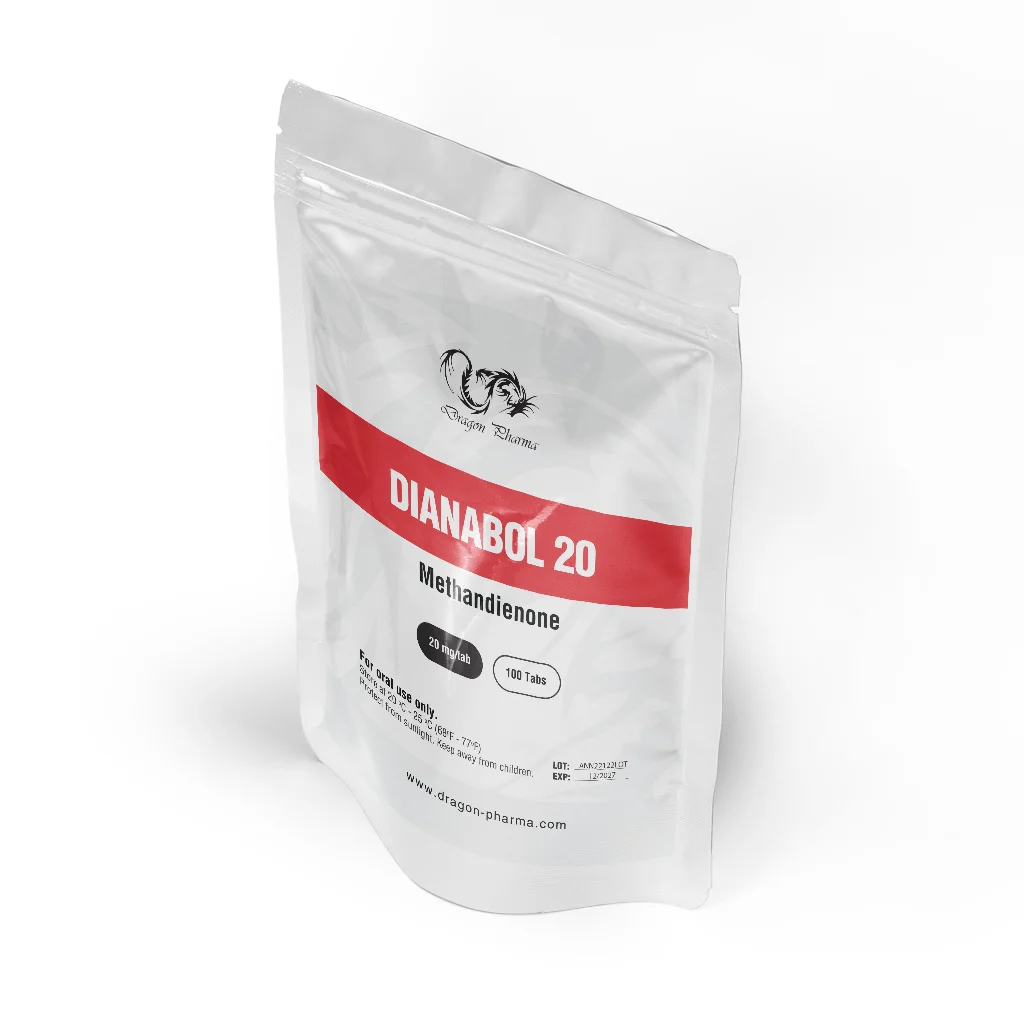Best Ways To Maintain Muscle After A Cycle
Q: It's easy to feel like everything is running optimally when I'm on a cycle of steroids and am looking my best. But it's in those times when I'm no longer on a cycle – when I'm taking a needed break – that I lose dramatic ground in terms of muscle, and condition. Is there a way, through diet, that I can retain my hard-earned muscle and go into the next cycle stronger?

A: You are definitely on the right track – both in what you ask and in sensing that that might be possible. The answer is, "yes" there are a number of foods that help spur one's own production of testosterone. These are the foods that all bodybuilders should be eating – particularly in the off-season – so that with the help of testosterone-boosting foods, an athlete can not only keep what he's gotten from a cycle, but effectively restart his own testosterone product much faster and have it secreting optimally all throughout the period of rest when he's trying to maintain his own testosterone levels.
Pick up the book "The 4-Hour Body" by Tim Ferriss. Based on self-experimentation conducted over the course of about a decade, the author attempted to optimize diet and training to net some surprising results. In order to raise testosterone and test the effect of cholesterol consumption on his own lipid profile, Ferriss ate a diet where 100 percent of his calories came from two to four pounds of grass-fed beef daily, accompanied by mixed nuts, for three weeks. He tested his cholesterol – a big issue for bodybuilders coming on and off cycles (though he was not a steroid user) and found that this diet not only reduced his cholesterol, it actually tripled his testosterone levels in that time.
We're not suggesting you necessarily take in four pounds of beef and two fistfuls of nuts daily, but Ferriss' results illustrate that certain foods that are already "bodybuilding friendly" can, in combination, help you accomplish certain feats that may have previously eluded you. In the end, Ferriss gained 34 pounds of lean muscle and lost 3 pounds of fat over the course of four weeks, dropping his body fat percentage from 16 to 12 percent. Lean beef may be obvious there, but it turns out that a diet rich in monounsaturated fats (from nuts such as peanuts) tends to raise testosterone also.
His recommendations are counter-intuitive to all we currently hold dear: fermented high-vitamin cod liver oil, high-vitamin butter oil, grass-fed butter, egg yolks, organ meats, hard cheeses, and a host of other foods we've all been told to veer away from. But the fact that Ferriss was even able to raise, let alone triple, his testosterone (to a whopping 653.3 ng/mL) during that time is worth looking at. The implications – such as his reversal of a declining sperm count – are promising to bodybuilders and non-bodybuilders for a host of reasons.
If this wasn't enough, Ferriss also examined the best times to take in nutrition by implanting a device in his side that measured blood glucose in order to optimize muscle gain and fat-loss. His search for the "minimum effective dose" of food and workouts, leaves us with hope that we can all work smarter, and not harder. Naturally, his results and findings are too numerous to print here, but we think you'll find his conclusions surprising.
So in answer to your question, there is a lot of wisdom in knowing what to eat, and when to eat it, as it relates to staying lean and retaining muscle.
Articles

Discover the best timing to take Anadrol before your workout for maximum performance and results. Learn about dosages, benefits, and trusted brands like Dragon Pharma.

Many do wonder whether there is anything like best steroids or is it just a myth and gross heresy; or simply the fact that there is a choice out there for any user to achieve the best desired gains. There are the best steroids no doubt. However, the choice of steroids might not work even if they are quality steroids purely because the goals set before the initial steroid cycle was purely set.

Wondering whether Clenbuterol or Ephedrine is the better choice for fat loss? This in-depth comparison breaks down their mechanisms, cycle lengths, results, and side effects to help you decide which thermogenic suits your cutting goals. Whether you're prepping for a show or trimming down for summer, understanding the differences between these two fat burners is key to optimizing your stack.
Customers Feedbacks
Please leave your feedback on products or service below.
Thank you beforehand.


